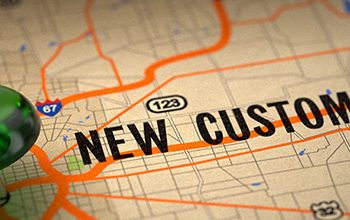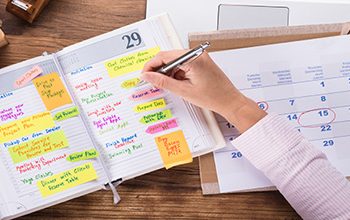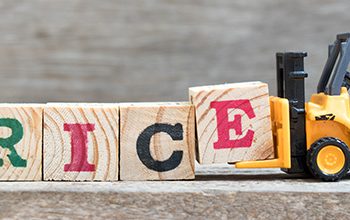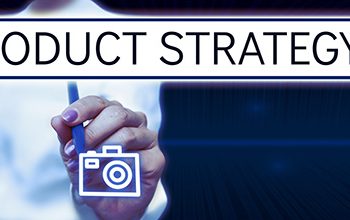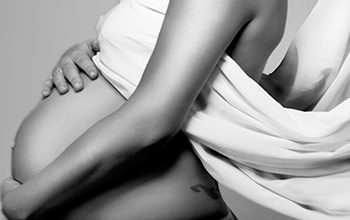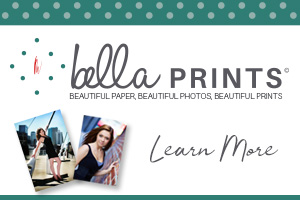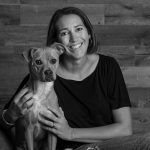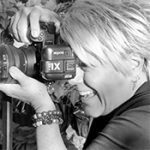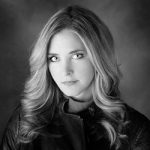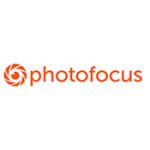Whether you are currently a newborn photographer, have considered photographing newborns, or the thought of photographing a baby freaks you out… as a photographer, you have more than likely been asked to photograph a newborn session at one point or another.
Even if you never want to “specialize” in photographing newborns, if you are a portrait photographer it is a great skill to add to your bag. If you photograph a brand new baby you have the opportunity to create a client for life! For many portrait photographers, this is the goal. We want to be thought of any time that our clients think about photography, whether it’s of their little ones, their whole family as they grow, senior portraits, engagement portraits, generational portraits, and perhaps weddings, and it begins again!
My first choice of subject is always going to be kids. But many years ago, I realized that if I didn’t get babies into the studio I may miss the opportunity to photograph them as they grow. If a mom chooses another photographer for her new baby, she may very well get tied into a first-year plan with them and then continue to use them for years two, three and so on! The answer for me at the time was to create a new division of my company that specialized in newborns. By creating different divisions for newborns, portrait parties and events, families, high school seniors, weddings and so on, you can be very specific in your marketing and communication with each of those clients and their interests.
Our newborn division is simply called, “Brand New”. We communicate the brand to our clients by focusing on all of those brand new moments and milestones that their babies will go through during the first year. By asking questions and engaging parents in telling their baby’s story, we are able to talk about and capture those memories for them.
Photo
Once you’ve decided that you want to photograph newborns, you need to make a few decisions for your business. What products will you sell to the parents? How will you set up and present your pricing? How will you market and get in front of parents-to-be? Video’s and tutorials on “How to photograph newborns” abound on the internet, so we will stick to the business side of your newborn division.
WHAT PRODUCTS WILL YOU SELL?
Most photographers ask themselves the question, “What are parents buying these days from their newborn sessions?”. But I’d like to give you this thought; your clients don’t know what they want to buy until you tell them! You get to decide what you want your clients to own, what products will best show off your work and what products your clients will most enjoy for years to come. The products that I want to sell are wall portraits and albums. Parents will buy gift prints for family and they will buy birth announcements and thank you cards. Those are add-ons and they are things that I don’t need to get them excited about. But, I do need to communicate with them the value of a beautiful wall portrait for their baby’s nursery as well as an heirloom album that will be a treasured keepsake for them.
During Baby’s First Year, I recommend ages and stages to be photographed while talking about all of the milestones that we’ll be capturing during the session and how they’ll want to remember those stages.
NEWBORN SESSION:
I recommend a full-length, sleeping baby portrait from the newborn session. My most popular size is a 20×30 because it’s the perfect size for above the changing table.
FOUR MONTHS:
From the four-month session, I recommend our “Expressions Collection” which is a 20×20 0r 30×30 with 9 images in it. At four months, babies are very expressive, and I can quickly get many looks!
EIGHT MONTHS:
At eight months, babies are on all fours, crawling and sitting up well. Their hands are in their mouth, along with anything else you hand them! Baby’s are usually displaying a lot of personality by this age, and every mom will tell you all about it! This might be my favorite time to capture during Baby’s First Year!
I suggest a 10×30 storyboard of 3 images that show off exactly what baby is doing at this stage.
ONE YEAR:
At the one-year session, I photograph a formal first birthday portrait to be hung in a living area of the home, and then we do a birthday cake session. I suggest a collage of images from the birthday cake smash with 20×24 being the most popular size. With the baby’s formal portrait, I will suggest a size or grouping appropriate for the client’s space and decor style.
By recommending these different and specific products from each stage of Baby’s First Year, I can ensure good sales throughout each of the sessions captured. I will also suggest a four-volume album collection – one album from each session. This makes the full-year album (all stages in one book) look that much more affordable. I don’t sell the four-volume set often, but I do sell the first-year album almost every time!
HOW WILL YOU SET UP AND PRESENT YOUR PRICING?
Once you’ve determined what products you’d like to offer, you’ll want to set up your pricing for those products. Be sure to take into account all of the costs that are included in each product. You’ll want to add together the cost to print, mount and texture your portraits, frame costs, packaging, credit card fees, and anything else that it takes to create that particular product. You also need to consider the time to create the product, so put a time value on each one.
After you have all of the costs together, you’ll want to multiply those costs X4 for a 25% Cost of Sale (COS), or multiply X5 for a 20% COS. (The lower you can get your COS, the higher your profit will be on that product.)
*Note: A COS pricing model is your bare-minimum pricing for profitability. Raise your prices as the demand for your work increases, over-head increases, etc.
Now you’ve got your price for each product, and you need to decide what model of pricing you will use, and how and when you present it to your clients. The three main pricing models are ala-carte, packages, or a build-your-own-collection structure. I prefer the last, especially if you are new to in-person sales. A “build-your-own” menu gives you the opportunity to walk your client through the pricing, telling them exactly what you want them to buy, step by step. They will be rewarded with a discount or with complementary additional products for purchasing something from each of the steps of your build-your-own menu.


